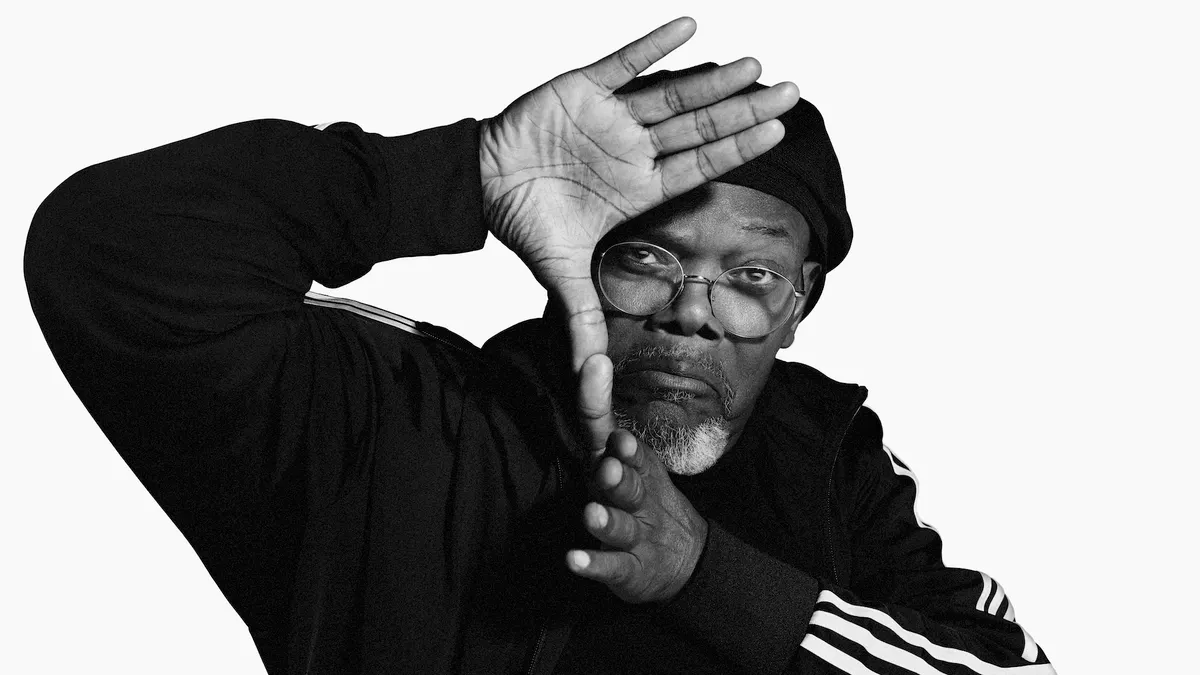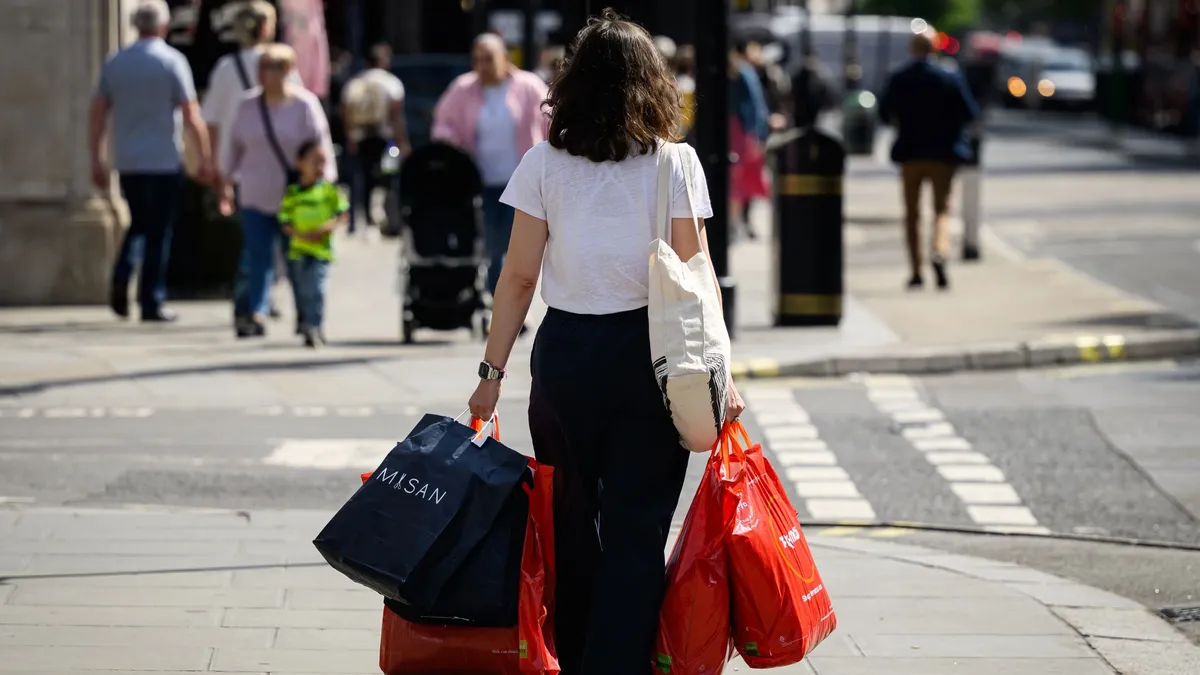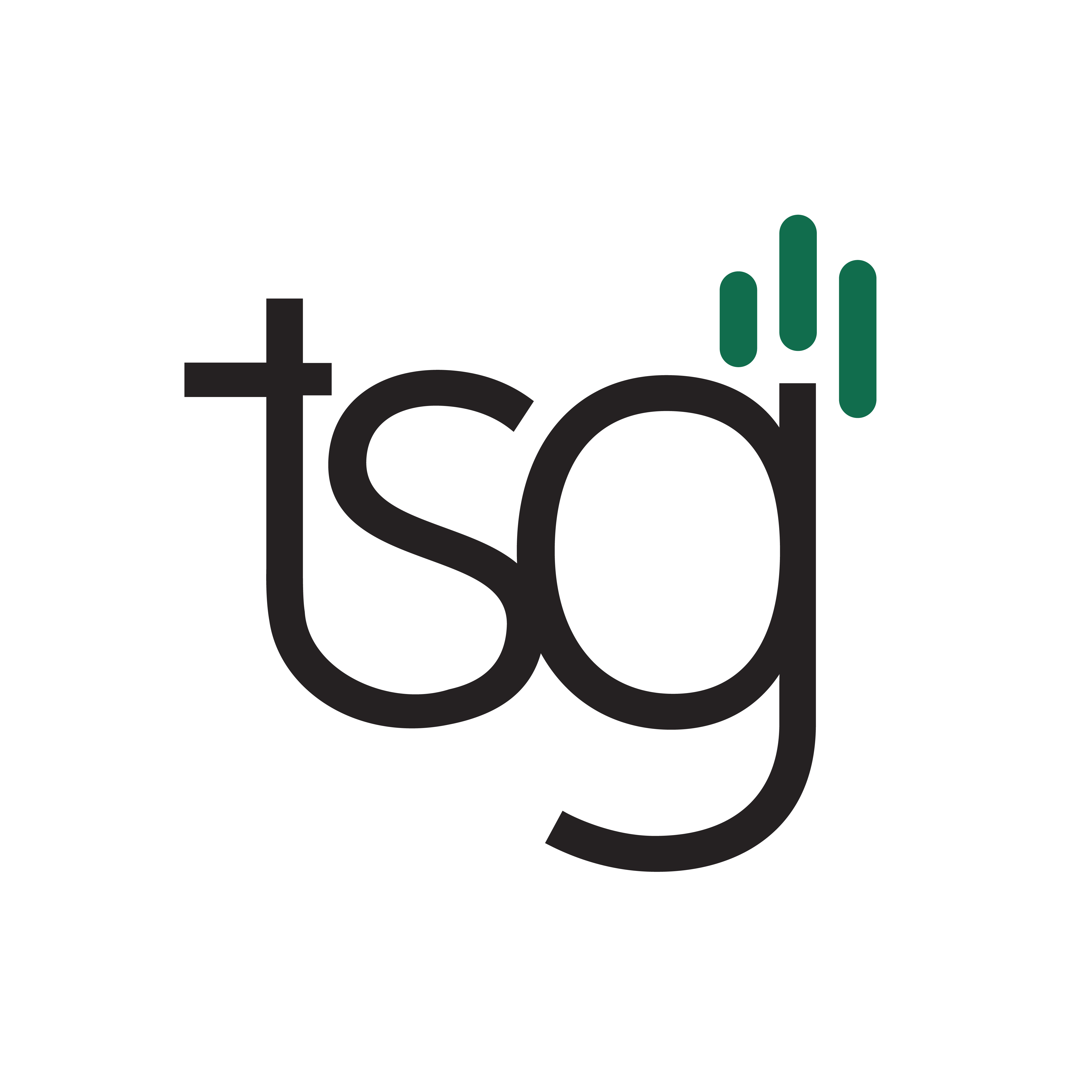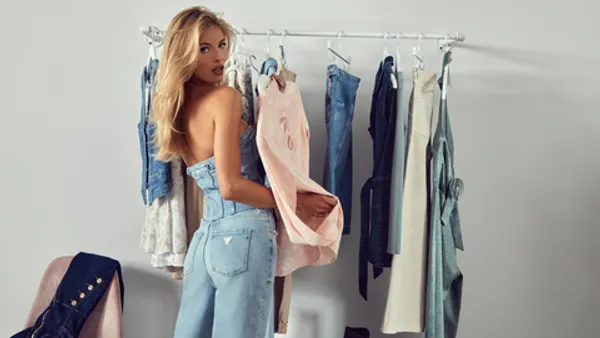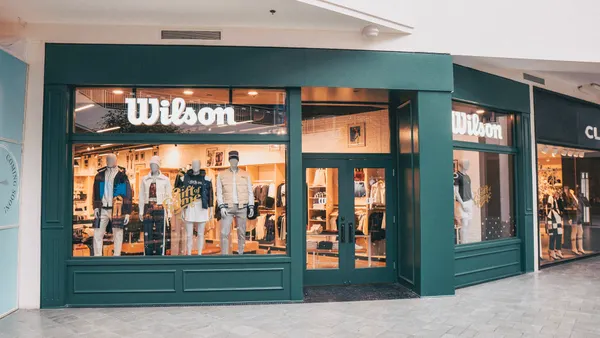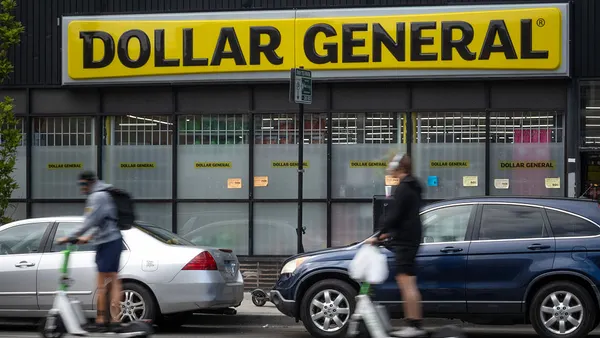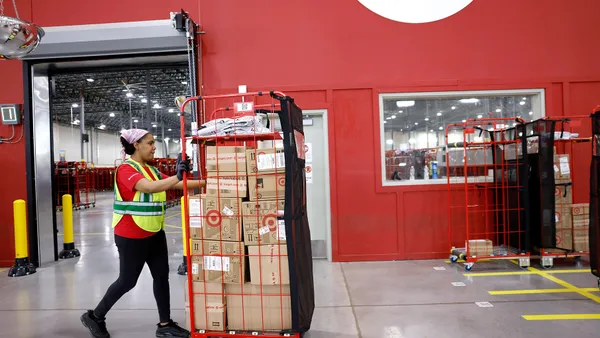Dive Brief:
- With tariffs at current rates, Adidas is planning for a 200-million-euro hit (about $230 million at press time) to its product costs in the second half of the year, the company said Wednesday. The retailer has already seen millions in tariff impacts in Q2.
- Despite those impacts, Adidas maintained its full-year outlook for the year — which calls for double-digit growth excluding Yeezy and high-single-digit growth including it — but warned of increasing volatility and risk due to the Trump administration’s policies. As such, “the range of possible outcomes remains increased,” the company said in a press release.
- In the second quarter, revenue continued to grow, increasing 2% to roughly 6 million euros. Adidas cited negative impacts from a strong euro to the slower growth. In currency-neutral terms, sales were up 12% excluding Yeezy sales from the prior year and up 8% including them.
Dive Insight:
With rival Nike working through sales declines and Puma just last week reporting a sales drop and a guidance cut, Adidas is capitalizing on the moment by kicking up marketing investments and letting others lead the way on price increases in the U.S.
“It is very, very important that you don’t run away from the lower price points and believe you can just raise prices and do less volume,” CEO Bjørn Gulden said on a call with analysts Wednesday. “The price increases that might come in the U.S. because of the tariffs should not have any impact on prices in any other market. We will not try to take the tariffs in the U.S. and then put them on the prices in Germany.”
Gulden alluded to the fact that Nike would likely lead price increases in the market and Adidas would follow, though the retailer intends to also share the costs of tariffs with suppliers and retailers. Adidas will also drop new products at higher prices than it otherwise would to offset the costs, which is an advantage in some ways since shoppers won’t know there’s been an increase.
“We have not canceled one order,” Gulden said, referencing others who have pulled back on inventory purchases in recent quarters. “We have not seen any cancellations yet from any retailers.”
Gulden also notes that style preferences are in Adidas’ favor right now. He expects the low-profile footwear trend to be stronger in 2026 than it is this year and noted that Adidas is putting a lot of energy behind the relaunch of its popular Superstar shoe, including both activations and collaborations.
“While the reported sales figure shows a slowing of Adidas’ recent momentum, its currency-neutral growth highlights a continuing strong appetite among consumers,” GlobalData apparel analyst Tom Ljubojevic said in emailed comments. In addition to wins in performance running, Adidas “is also still seeing gains in lifestyle footwear, with its Originals lines experiencing high demand, and its low-profile trainers also proving popular, supported by increased supply and relaunches of styles such as the Tokyo and Japan.”
That should continue thanks to the Superstar relaunch, Ljubojevic said. Apparel is also gaining steam for the retailer, with currency-neutral sales up 17% in that category in Q2. Footwear, Adidas’ largest category, was up 9%, while accessories grew 7%.
“We haven’t seen the demand in the U.S. going down yet but the price increases haven’t been yet either,” Gulden said.
Adidas is also making inroads in its local strategy, especially in the U.S., where the local team drove a decision to invest much more deeply in signing American athletes in the past six months, Gulden said. The retailer also plans to have a more meaningful presence in college sports in that market going forward, as well as taking advantage of local sports trends like pickleball in the U.S. and padel in Europe.



